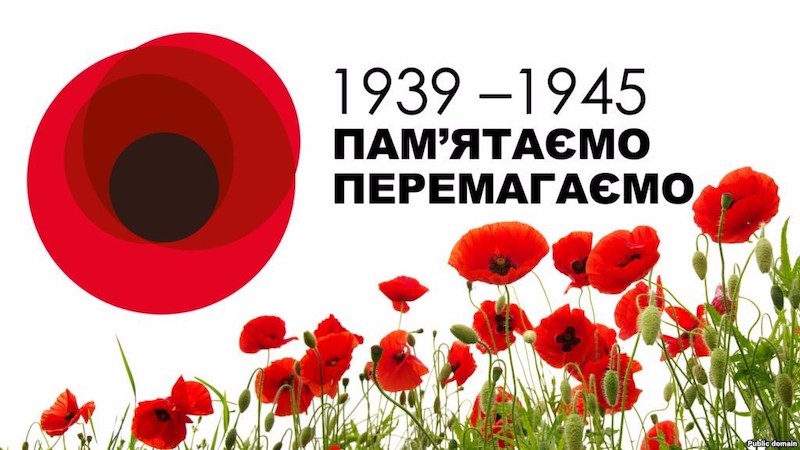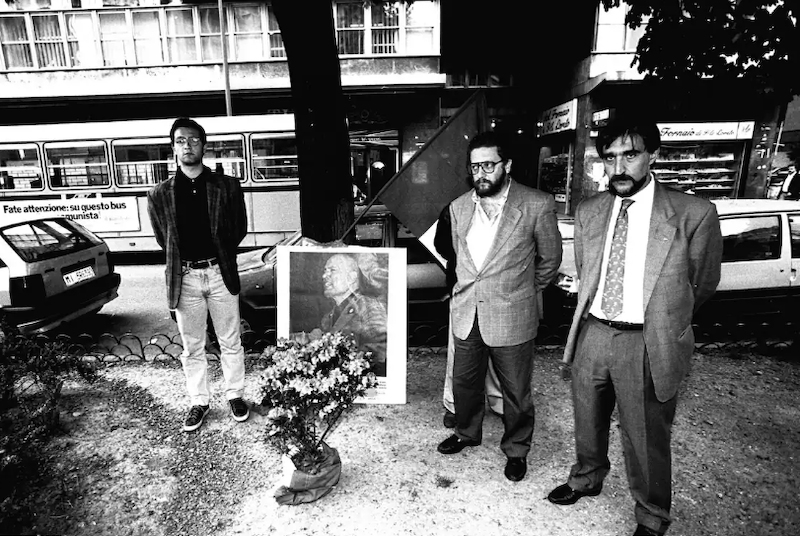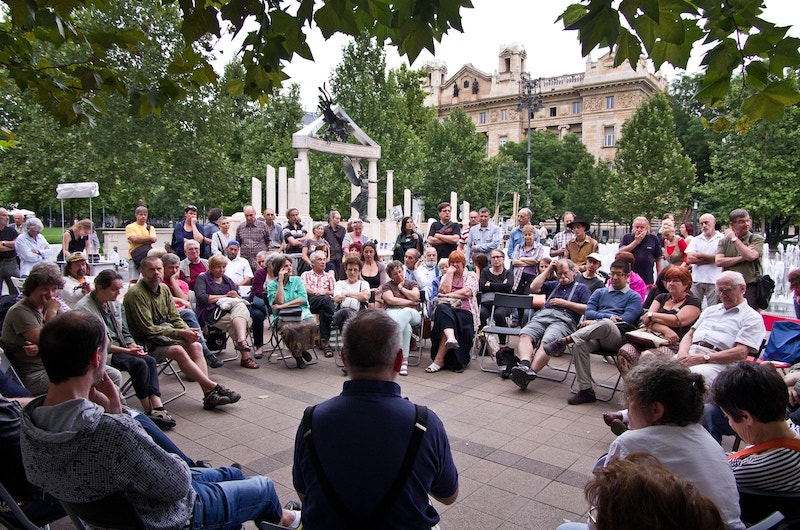Windows broken, stores looted, wrecked streets and a nation in shock. This is what I saw on my way to a secondary school civics exam, scheduled for the morning of 27 April, 2007.
It was hard to revise the evening before because I was experiencing a different kind of civics exam – watching the events of Estonia’s now-infamous Bronze Night (Pronksiöö) play out on TV.
This was centred around the Government’s intention to relocate a monument for a Soviet soldier from the so-called Great Patriotic War. The difference between that concept and the Second World War? The latter began in September 1939 when both the Nazis and the Red Army invaded Poland, and each occupied half of the country. The former began only in 1941 when the Nazis turned on their Soviet allies.
The Bronze Soldier had become a flashpoint of division between two concepts of history. After another round of provocations, riots broke out in central Tallinn. This kind of unrest had been unknown in a peaceful country that had just joined the EU and NATO. Born in 1988, I had felt I was living at the end of history.
Due to the riots of mostly Russian-speakers and with another Great Patriotic War anniversary imminent on 9 May (the Victory Day of the Soviet Union over the Nazis), the Estonian government relocated the monument that very night in 2007. 16 years later, officials are still trying to distract attention by focusing on Europe Day – the celebration of the European community, which happens on the same day. This year, a free concert was held on Freedom Square featuring Kalush Orchestra, Ukraine’s winners of Eurovision last year.
People showed up at the concert to support Ukraine and a free Europe, but the wounds of Estonia’s social fabric have not fully healed. Many ignored the concert, and opted to lay flowers at the foot of the Bronze Soldier. The battle between histories continues.






